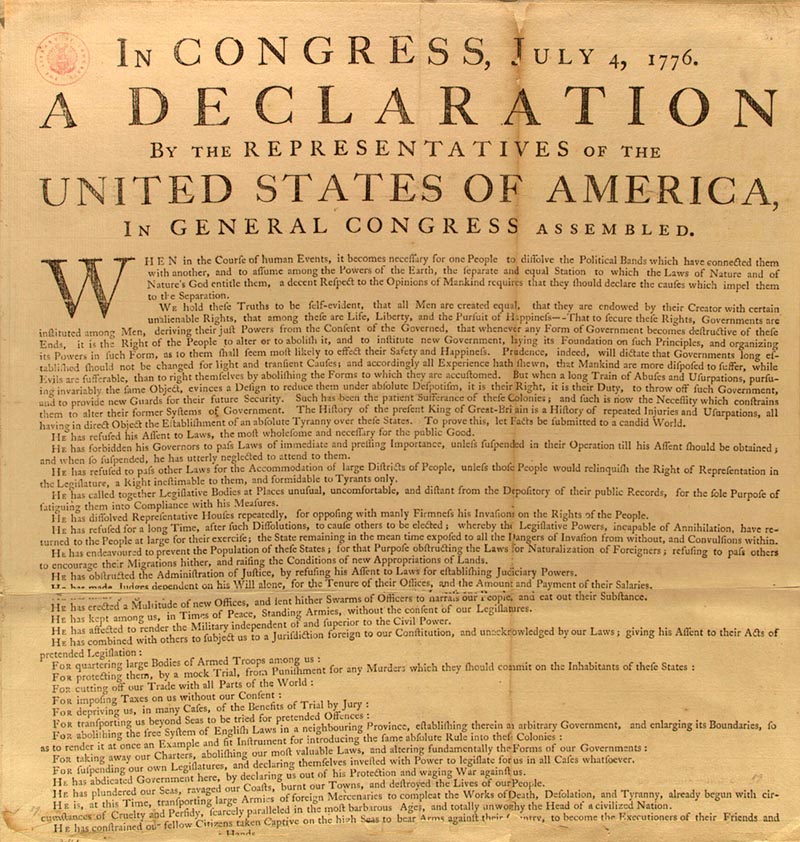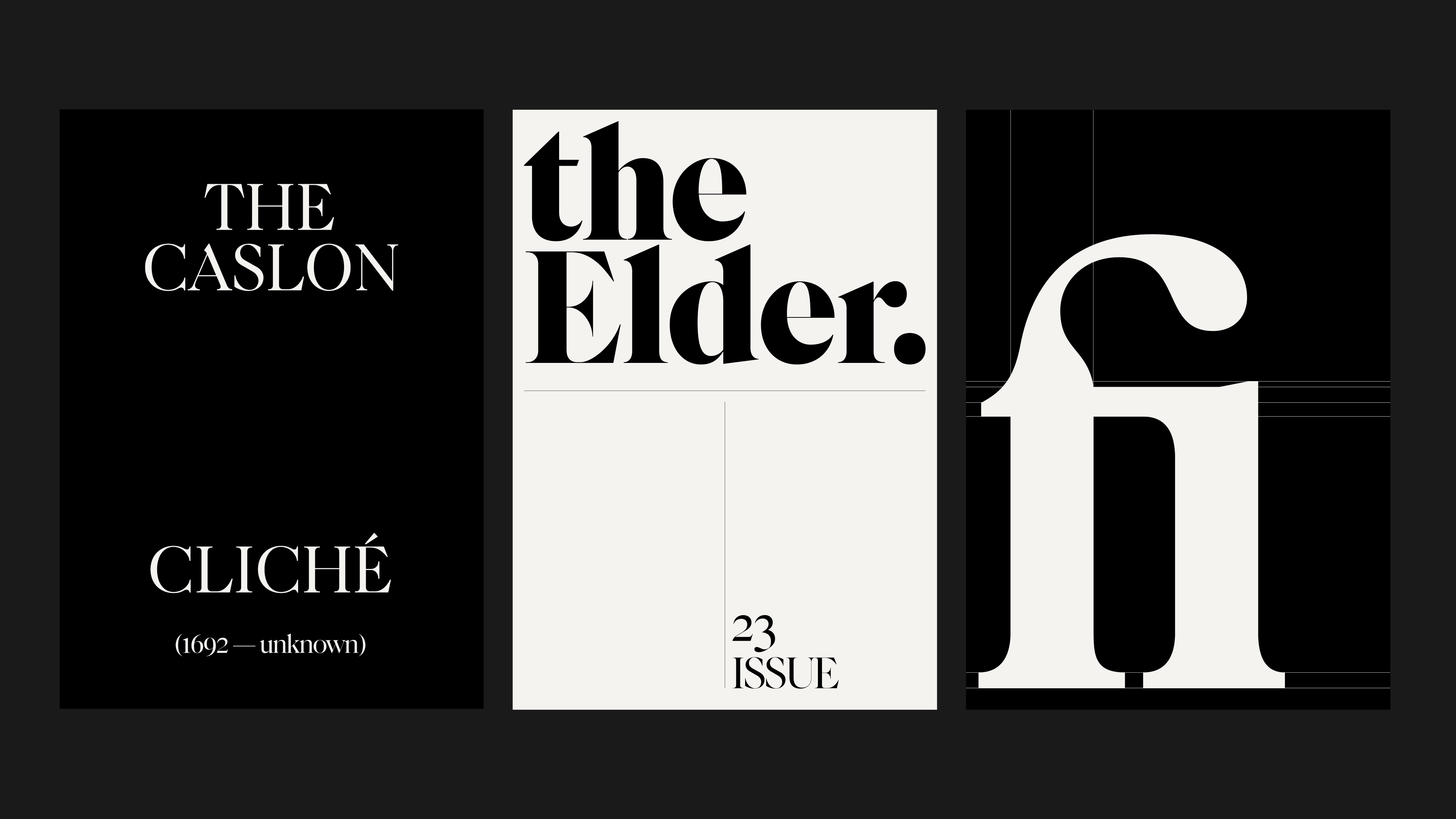
His roman typeface, first used in 1726, became known later as 'Caslon'. Designs for Roman, Italic and Hebrew typefaces followed and quickly met with commercial success. He designed an 'English Arabic' typeface to e used for a Psalter (a Book of Psalms ) and a copy of the New Testament.

His work included making tools for bookbinders and led to him being commissioned to produce type punches.

Accessed online 28 June 2014.The Englishman William Caslon I (1692-1766), having previously trained as an engraver of guns, opened his own engraving shop in London in 1716. For what it is usually used for, the style fits perfectly and it seems to not have been too misused yet, which is good! It’s transitional style has a clean look to it that has a bit of old-style flair that is where the font’s personality lies. It is also used in the branding of Bob Evans, along with a lot of other “homestyle” brands. If you can identify that, then you are pretty well off! It’s all very straightforward.īaskerville is used a lot today in academic publications, probably from the new life Harvard brought it. Old has the least contrast while modern has the most. That being said, the difference between an old style typeface (Caslon), a transitional typeface (Baskerville), and a modern typeface (Bodoni) is mainly the contrast between thick and thin strokes. This also made the round strokes more circular, which resulted in more regular and consistent letterforms. Other than that, John Baskerville focused on creating a higher contrast between thick and thin strokes, sharpening serifs, and shifting the axis of round letters to be more vertical.
#CASLON FONT HISTORY PROFESSIONAL#
The only real flair he added was in the swash on the Q and in many of the uppercase letters in the italic version, which reflected his career as a professional writer. This was Baskerville’s idea of perfection, which was very subtle and simple. Unfortunately John Baskerville passed in 1775, so he never got any real fame or wealth for his now loved font.Īs I mentioned earlier, Baskerville was inspired from the idea of perfecting Caslon. After that, popularity increased dramatically, making Baskerville so well known today.

This made poor old Baskerville essentially obsolete until 1917, when Bruce Rogers gave it life again for the Harvard University Press. However after Baskerville started to be used, many claimed that his style was “too stark” and the printing “damaged the eyes.” When the modern style typefaces were released, Bodoni in particular, Baskerville was pushed even further down on the shit list of type. The idea was to make it more legible, for the time period was experimenting with readability as well as paper and ink manufacturing. When John Baskerville designed his namesake typeface, his goal was to perfect the styles of a much older typeface, Caslon.

The style difference will be discussed below. Transitional typefaces tended to be disliked in their time, as people were so used to traditional type that the new changes seemed drastic to them, however today they are appreciated because they are one step down in contrast from the modern typefaces. Baskerville is classified as a transitional typeface, meaning that it’s style was the stepping stone from old style typefaces such as Caslon, to modern typefaces such as Didot and Bodoni. A classic typeface with a checkered past, what more could you want? Baskerville is loved by millions today, however it’s past begs to differ.īaskerville was designed by John Baskerville in 1757 in England.


 0 kommentar(er)
0 kommentar(er)
